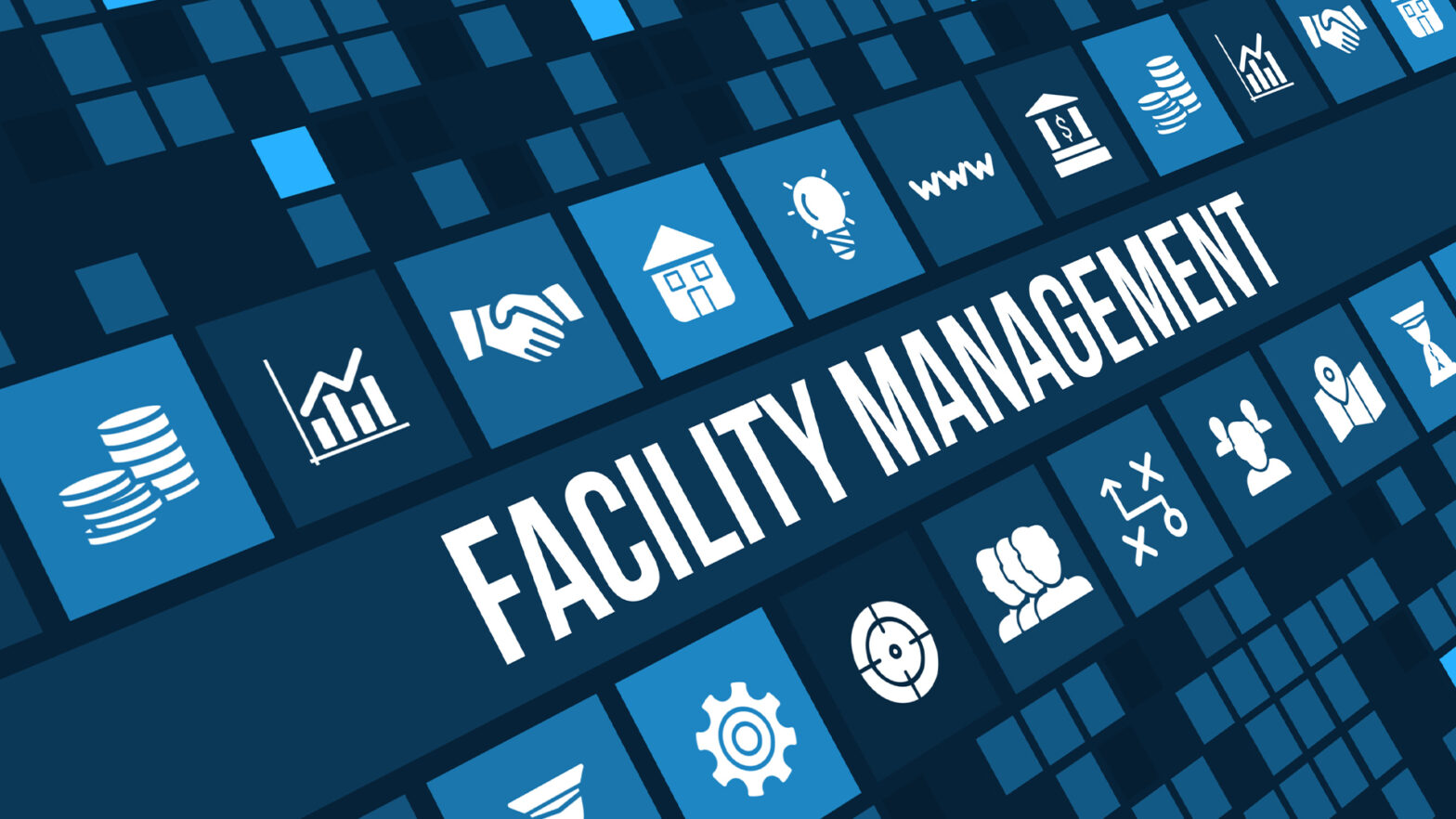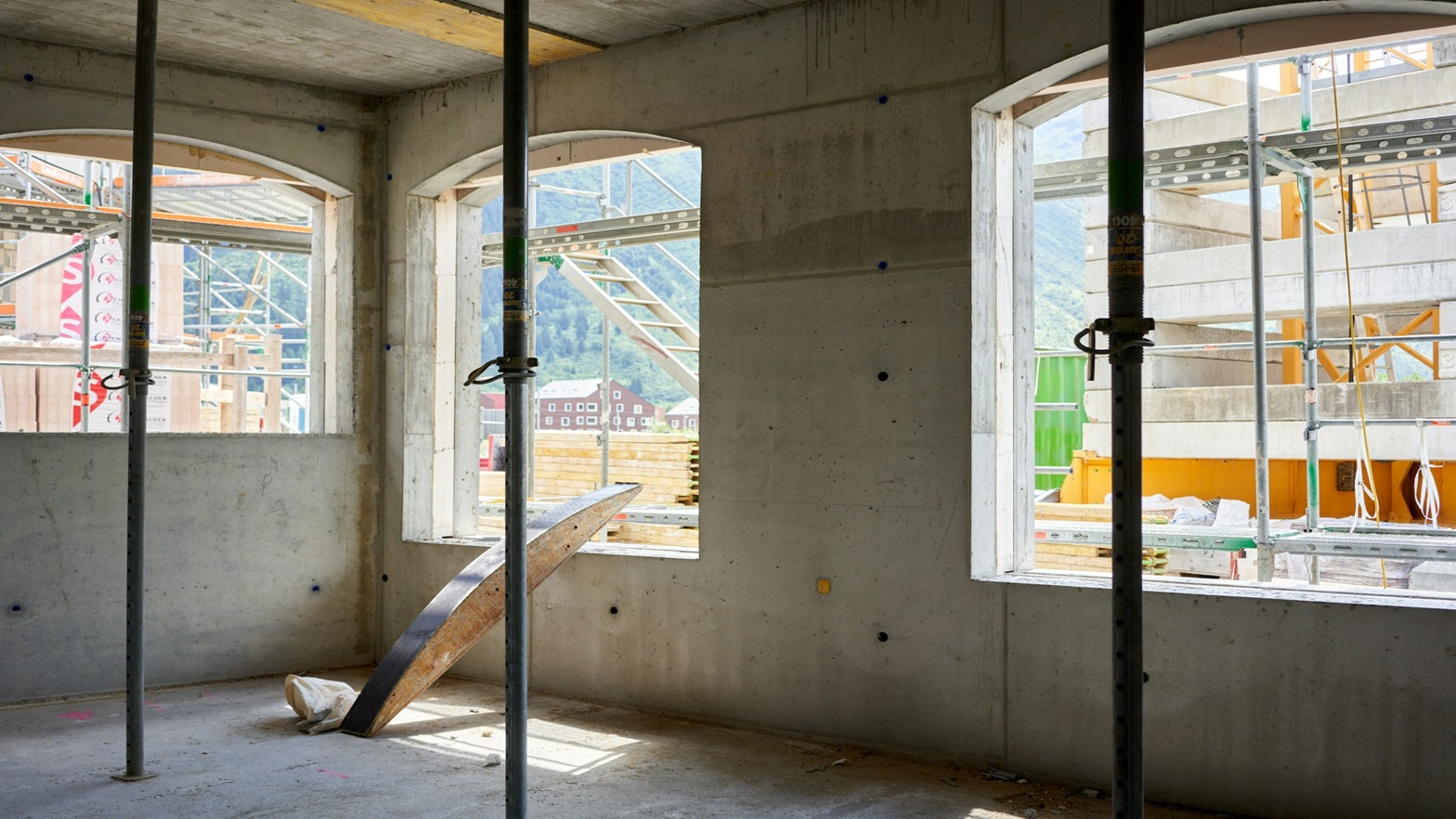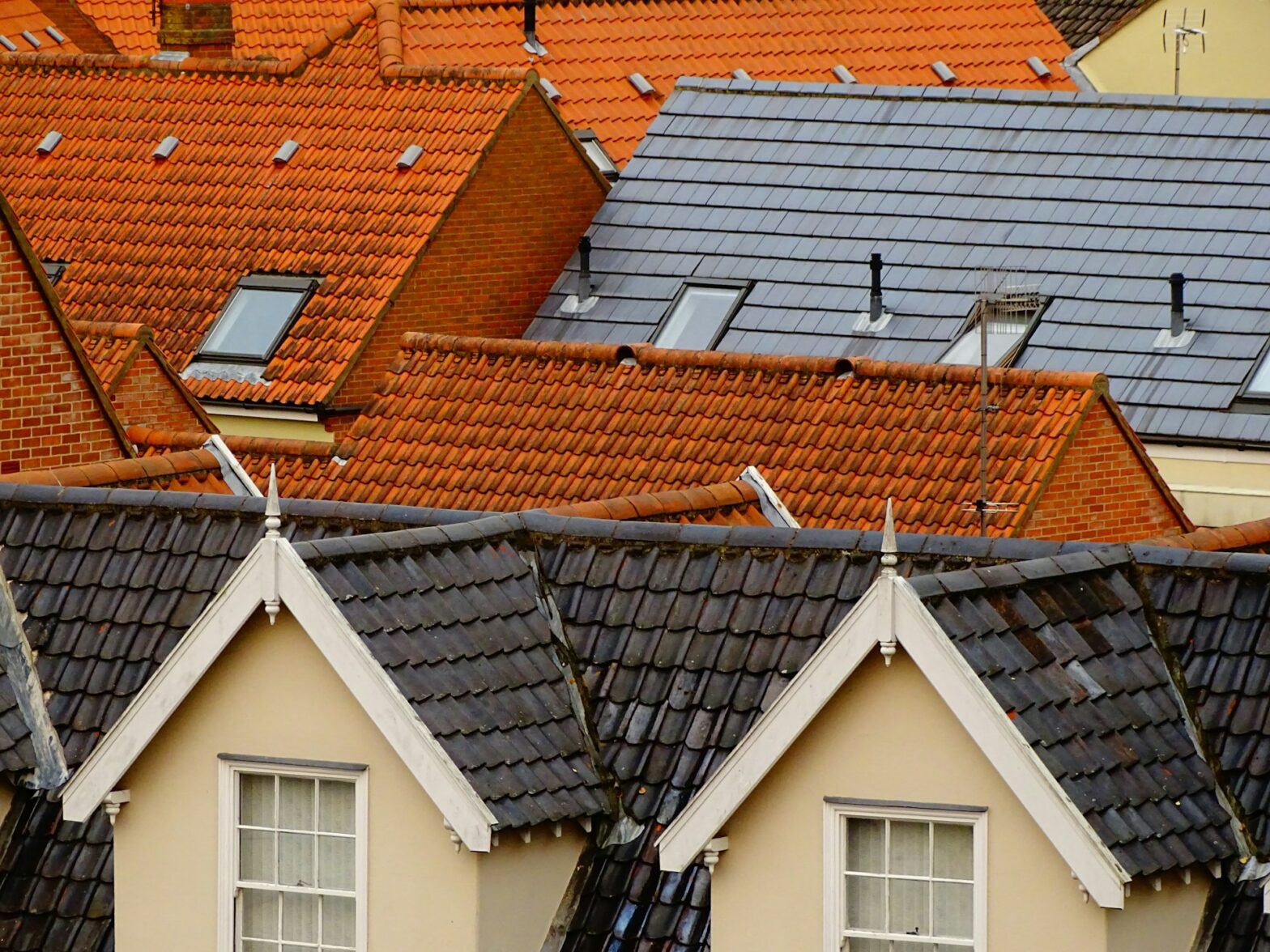
By Jeff Dewing, Founder & CEO of Cloud
Facilities Management (FM) has hardly changed over the past 50 years. We’ve seen new models such as regionalised, country-wide, European, and global FM but the industry has struggled to achieve adequate results. In hard services, the industry relies on a 52-week maintenance planner which is largely guesswork and results in breakdowns and problems for clients. A critical issue is the lack of visibility into building and asset performance. This means the industry is reactive, rather than proactive, leading to emotional responses, deteriorating relationships and costly outcomes.
Despite this, the market still demands fast callouts, first-time fixes and lower costs – all of which are near impossible in the current conditions. But with a change in mindset and cutting-edge technology, we can bridge this visibility gap and revolutionise facilities management to achieve a more consistent and effective delivery. Here’s how:
Prevention is better than cure
As the saying goes, ‘prevention is better than cure.’ This is vital in our industry as asset failure can lead to clients having to shut up shop while repairs are made which is both costly and frustrating.
Integrating a real-time data system is crucial to providing instant feedback and updates on asset performance. Enter predictive maintenance, a solution that leverages technology to turn data into preemptive action. Leading technology can now see the performance of each piece of equipment in real-time through connection to an existing distribution board and its ‘normal’ range through analysis of its unique fingerprint or harmonics, streamlining the analysis of asset health across multiple estates. The benefit of this technology compared to a sensor-reliant system that many businesses are now using, is that sensors can be damaged and costly as you have to have so many in situ to obtain sufficient data.
If an asset remains within the normal harmonic range despite its age or location, it won’t need replacing. This offers immense benefits for procurement teams and results in significant savings on capital expenditure. Traditionally, businesses lack detailed knowledge of individual assets and often follow a time-based replacement policy (e.g., every five years). This approach is costly and frequently leads to the replacement of perfectly good assets solely due to their age.
Integration of advanced technologies
Leveraging the latest technology such as artificial intelligence (AI), Internet of Things (IoT) and augmented reality (AR) can optimise building management and empower leaders with valuable insights and training, including whether equipment might fail.
AI is revolutionising FM as we know it by enabling complex decision-making through advanced algorithms. By integrating IoT with AI, FM can create adaptive environments that optimise energy use, monitor asset conditions, and streamline operations. This predictive capability will close the visibility gap, reducing downtime, extending equipment lifespan, and improving overall operational efficiency. In addition, AI can help to adjust demand for utilities and services, proactively managing supply to minimise waste and emissions.
There is not only a visibility gap in FM but also a skills gap, which has been exacerbated by the labour shortage caused by Brexit. According to a RICS UK Facilities Management Survey, 65% of FM services are facing difficulties in sourcing workers. This is where AR comes in. AR can upskill or reskill engineers in the FM industry and beyond. Users can put their knowledge to the test virtually in the physical environments where they will be performed. Similarly, if an engineer is unsure about a task they are called to perform, a more experienced engineer can offer real-time guidance and annotations. This ensures the job is completed correctly without needing additional resources or sending another engineer.
Mindset shift
Closing FM’s visibility gap isn’t as complex as it seems. Proactive adaptation of emerging technology and strategic foresight is essential for FM to thrive amidst an ever-changing landscape. Investing in advanced technologies and fostering a culture of innovation is vital to achieving long-term success.
Ultimately, to close the visibility gap and see the change we want, disruption is necessary. Our industry needs to be bold and driven by a values-led approach in everything we do. With the right processes and technology in place, we can provide clarity and consistency, streamlining operations and the industry as a whole.




























